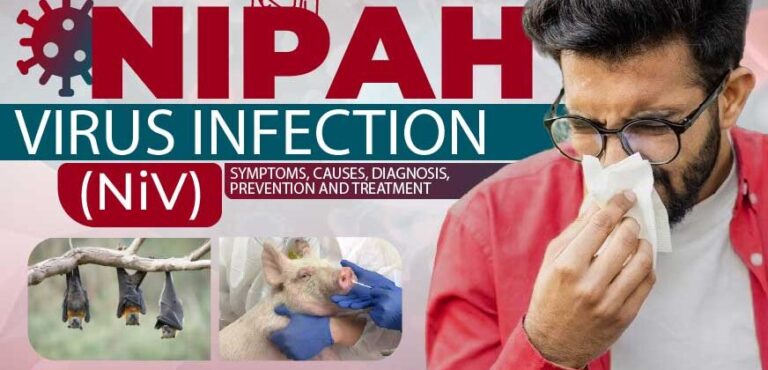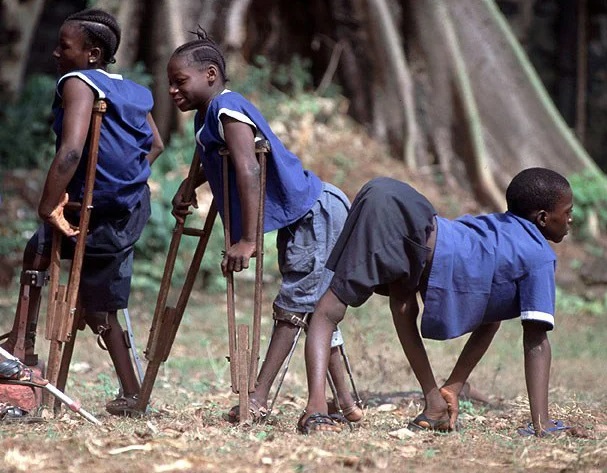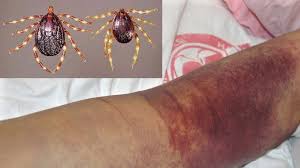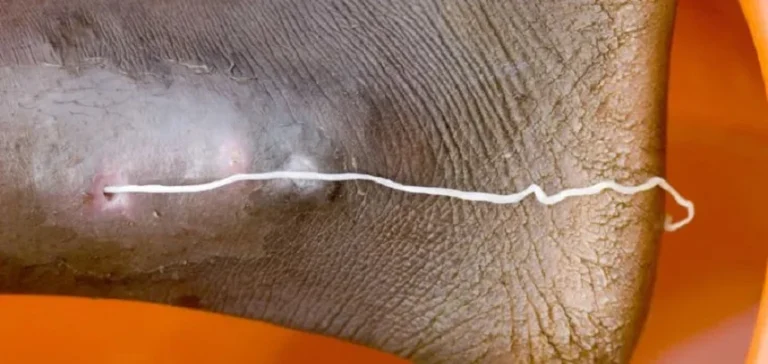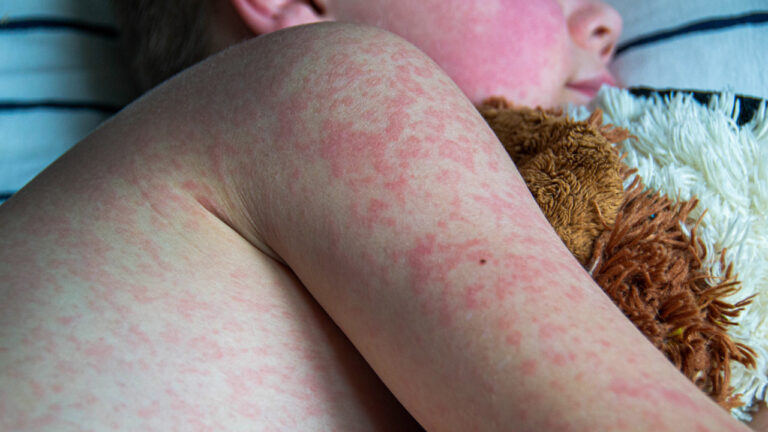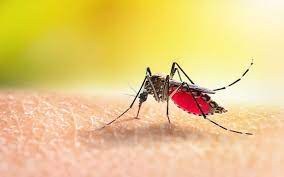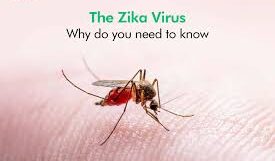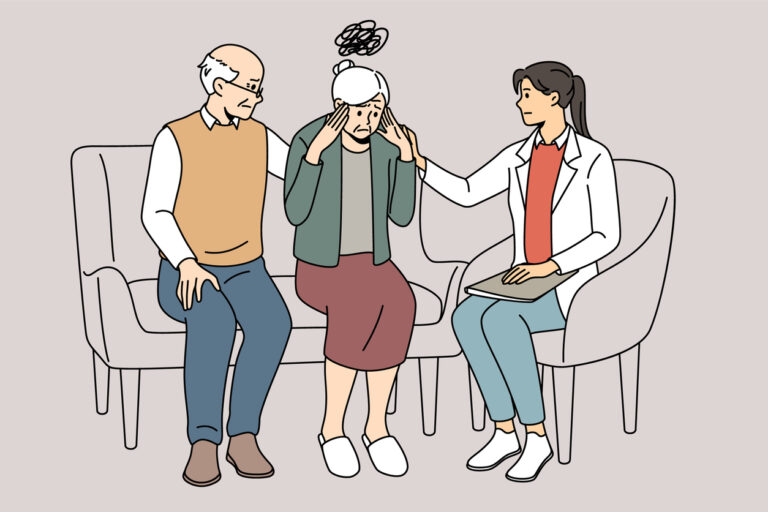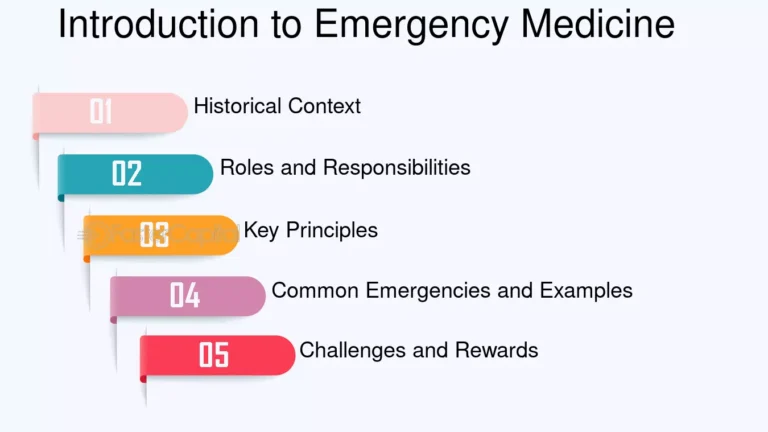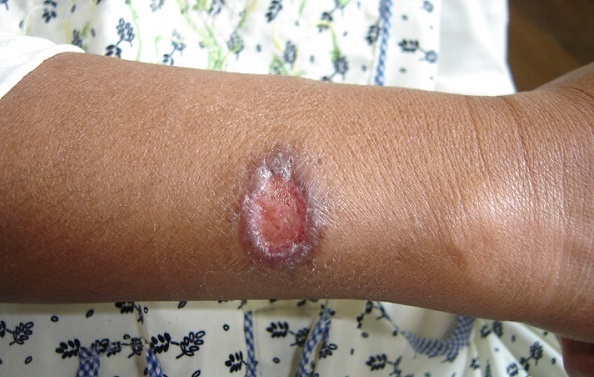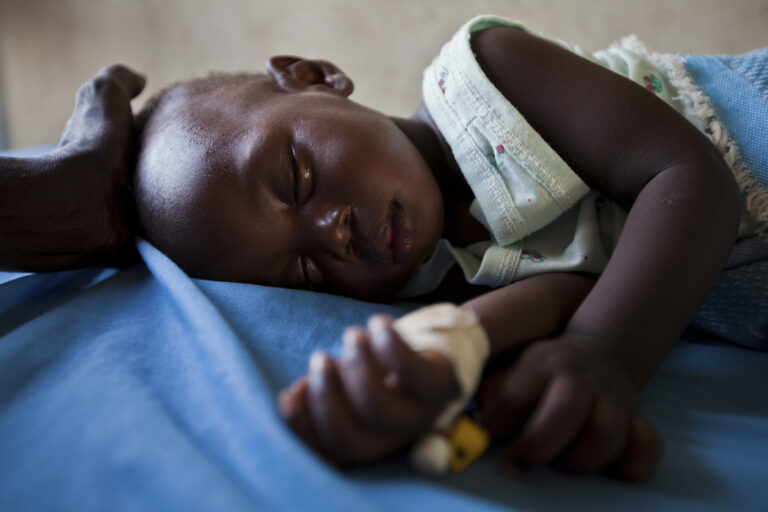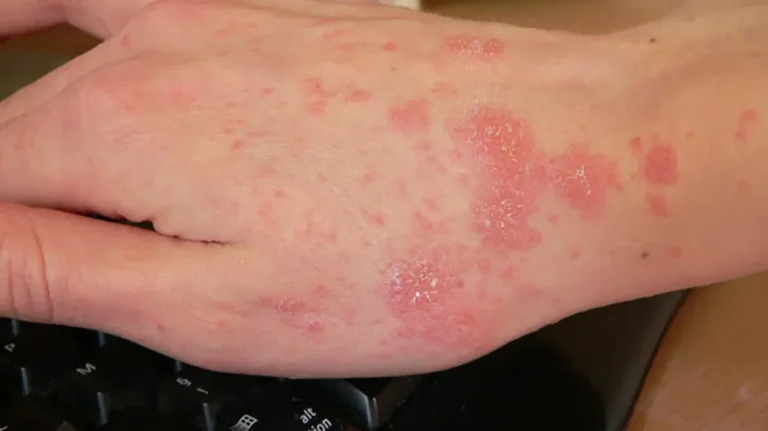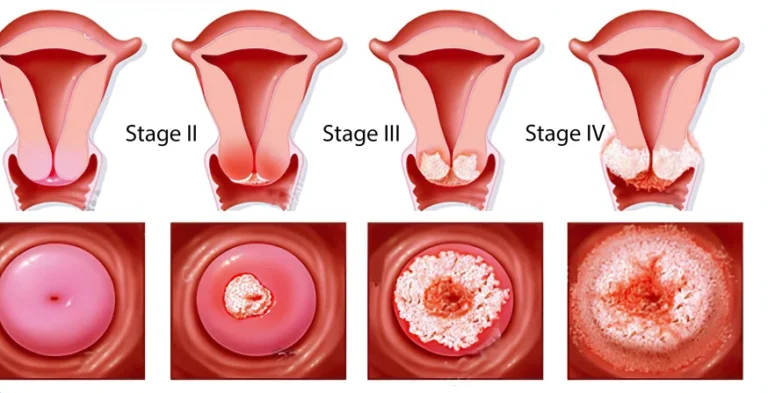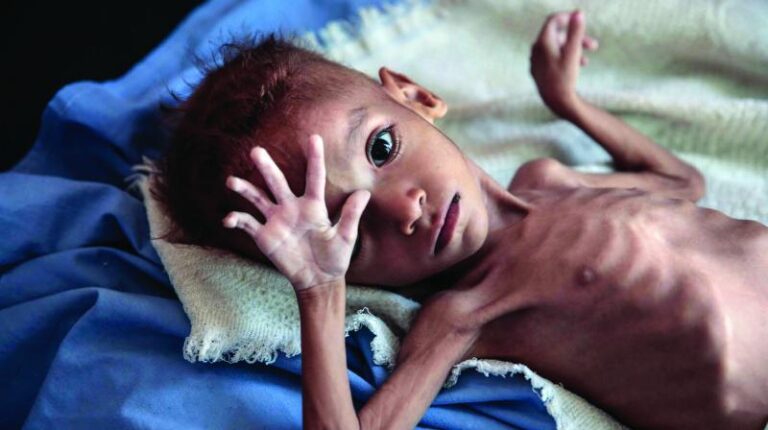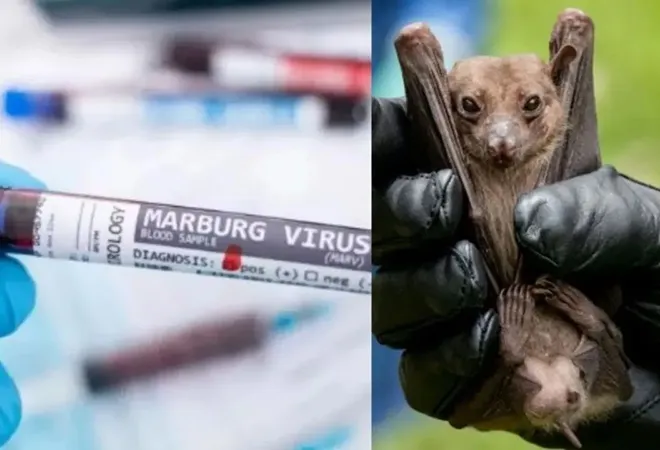Lassa fever

Lassa fever is an acute viral hemorrhagic fever caused by the Lassa virus, a member of the Arenaviridae family. It is endemic in several West African countries and poses a significant public health threat due to its potential for severe illness and human-to-human transmission.
Understanding Lassa Fever:
- Causative Agent:
- The Lassa virus.
- Reservoir Host:
- Multimammate rat (Mastomys natalensis).
- Transmission:
- Primarily through contact with the urine or feces of infected Mastomys rats.
- Consumption of food or water contaminated with rat excreta.
- Inhalation of aerosolized rat excreta.
- Human-to-human transmission through contact with infected blood, bodily fluids, or secretions.
- Nosocomial transmission (hospital-acquired) due to inadequate infection control measures.
Transmission Details:
- Rodent-to-Human Transmission:
- Mastomys rats are common in households and farms, increasing the risk of human exposure.
- People living in rural areas or with poor sanitation are at higher risk.
- Human-to-Human Transmission:
- Occurs through direct contact with infected bodily fluids.
- Healthcare workers are at significant risk if they do not adhere to strict infection control protocols.
- Family members caring for infected individuals are also at risk.
Symptoms:
Lassa fever presents a wide range of symptoms, from mild to severe:
- Initial Symptoms (Mild Cases):
- Fever.
- Fatigue.
- Weakness.
- Headache.
- Sore throat.
- Muscle aches.
- Severe Symptoms:
- Hemorrhagic manifestations (bleeding from gums, nose, eyes, or into the gastrointestinal tract).
- Respiratory distress.
- Chest pain.
- Facial swelling.
- Repeated vomiting.
- Shock.
- Neurological problems (encephalitis, seizures).
- Deafness (a common complication).
- Complications:
- Deafness (most common long term complication)
- Hemorrhage.
- Multi-organ failure.
- Death.
Diagnosis:
- Laboratory testing is essential for confirming Lassa fever:
- RT-PCR (reverse transcription-polymerase chain reaction) to detect the virus’s RNA.
- Antibody detection tests (ELISA).
- Virus isolation.
Treatment:
- Ribavirin, an antiviral drug, is effective when administered early in the course of the illness.
- Supportive care is crucial:
- Fluid and electrolyte management.
- Blood transfusions.
- Treatment of complications.
Prevention:
- Rodent Control:
- Improving sanitation and hygiene to reduce rodent populations.
- Storing food in rodent-proof containers.
- Trapping and eliminating rodents.
- Safe Food Handling:
- Thoroughly cooking food.
- Avoiding consumption of food contaminated with rodent excreta.
- Infection Control:
- Strict adherence to infection control measures in healthcare settings.
- Proper use of personal protective equipment (PPE).
- Safe burial practices.
- Public Education:
- Raising awareness about the risks of Lassa fever and preventive measures.
Public Health Importance:
- Lassa fever outbreaks can have significant public health consequences.
- The potential for human-to-human transmission poses a risk of widespread outbreaks.
- The disease is a major concern in endemic regions of West Africa.
- The high rates of deafness amongst survivors is a very concerning long term effect.
It’s vital for healthcare professionals and the public to be aware of Lassa fever and take appropriate precautions.
